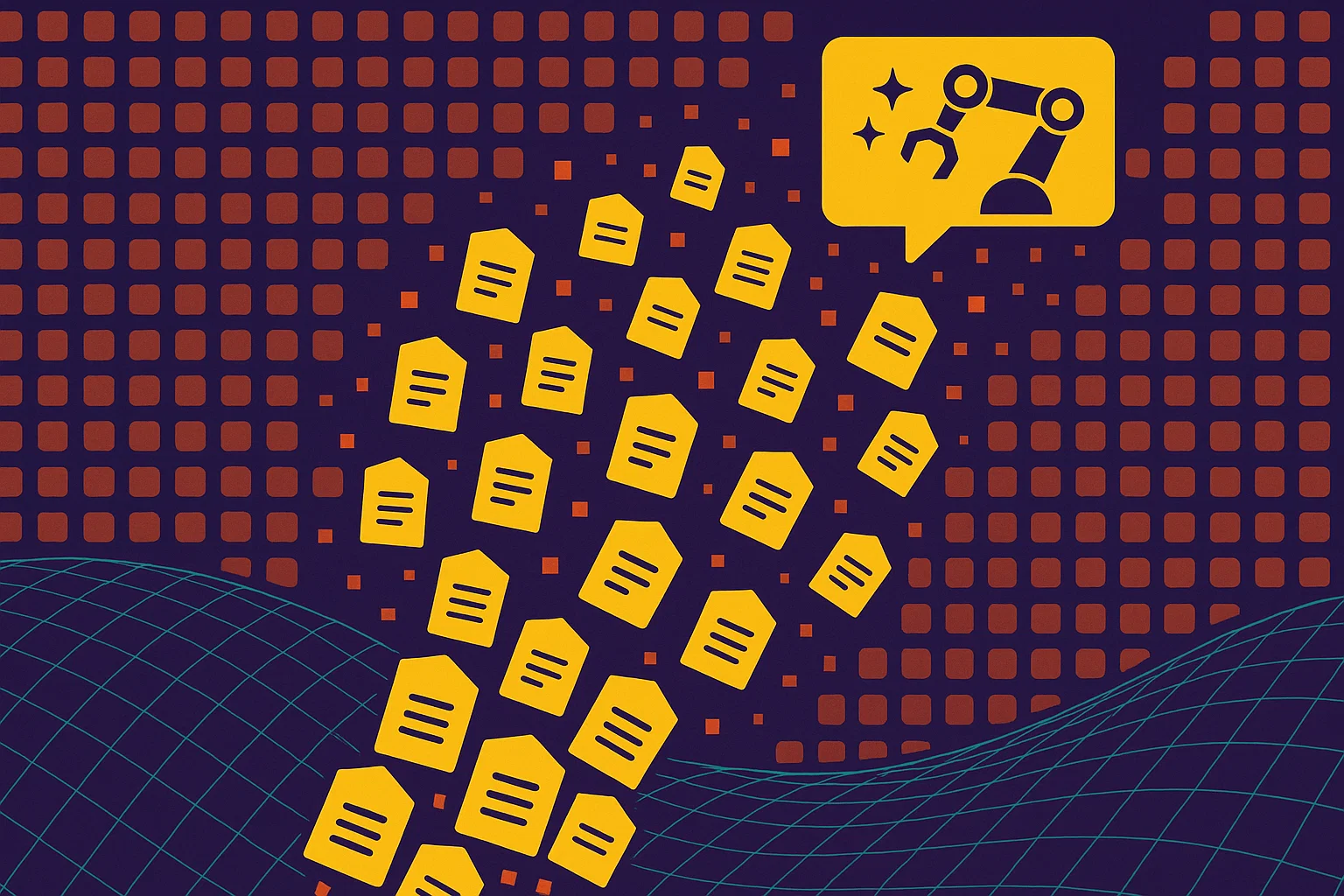From BERT to LLMs: Comparing and Understanding Chinese Classifier Prediction in Language Models
NeutralArtificial Intelligence
A recent study explores the effectiveness of popular Large Language Models (LLMs) in predicting Chinese classifiers, which are crucial for educational applications. Despite their widespread use, the understanding of how well these models handle such linguistic features has been limited. By employing various masking strategies, the research aims to shed light on the capabilities of LLMs in this area, highlighting the importance of accurate classifier prediction in enhancing language learning and processing.
— Curated by the World Pulse Now AI Editorial System





